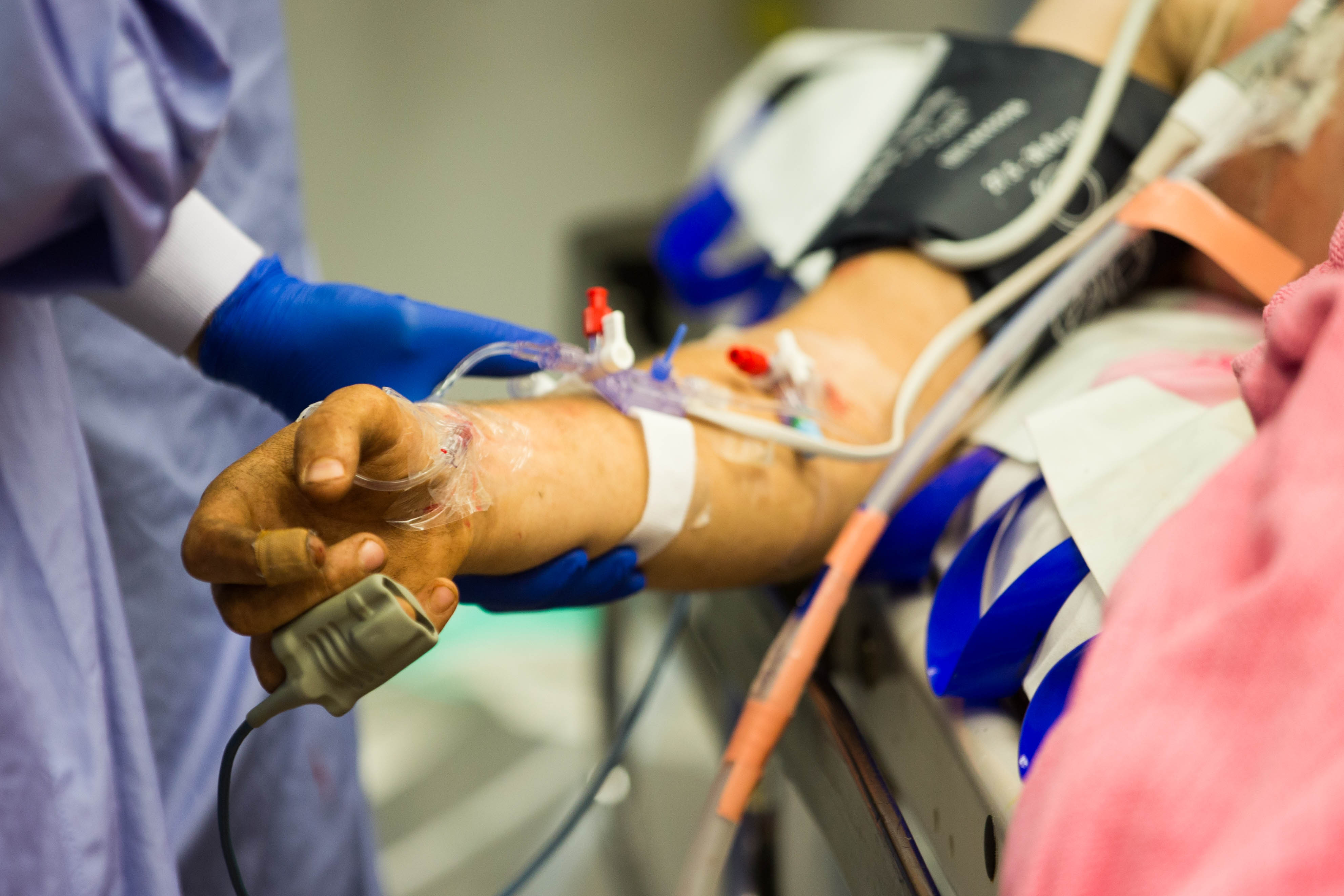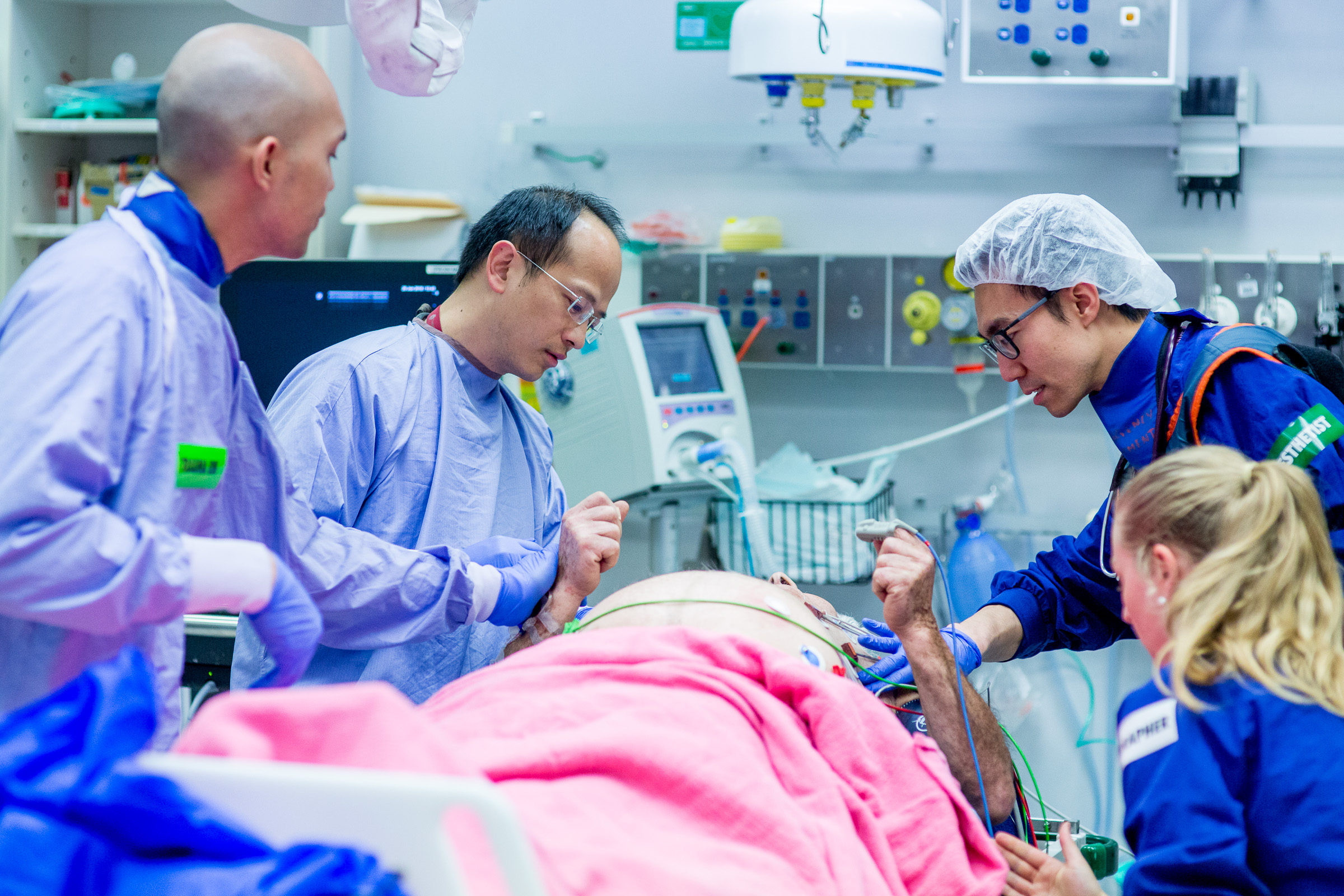
Saving lives at home and abroad
During the first 30 minutes of life-saving trauma care a critical decision is made every 72 seconds. It’s a pace that can test even the most seasoned clinical teams but, armed with The Alfred’s computer-aided decision-support system, patients around the world are being given the best chance of survival.
The Alfred-developed software that guides trauma care during the first hour of a patient’s arrival is continuing to receive international recognition – with the Victorian system now active in three continents.
The Alfred became the first trauma centre in the world to deploy real time decision-support software as part of routine patient care in 2008.
Today, the technology that made this possible is being developed for use in the United States, India, China and, now, Saudi Arabia.
Representatives from The Alfred recently visited Saudi Arabia where the system was successfully installed at King Saudi Medical Complex in Riyadh.
“The hospital staff were very enthusiastic about the system, and will collaborate with us on research to further investigate the system’s effectiveness,” Prof Fitzgerald said.
The software, known as Trauma Reception and Resuscitation (TRR), uses algorithms to generate real-time prompts that are triggered by patient physiological signs, diagnoses and clinical interventions.
Software lead, and Director of Trauma Services at The Alfred, Prof Mark Fitzgerald said TRR is about standardizing the care trauma patients receive when they first present to hospital.
“During the first 30 minutes of trauma resuscitation, a critical decision is required every 72 seconds,” Prof Fitzgerald said.
“Resuscitating a patient is complex, and errors of omission are a reality when you consider most humans can only cognitively cope with three or four things simultaneously.
“What we learn through our trauma program has a profound effect as it propagates and spreads and, for every life that we save here in Australia, we can save 10 lives overseas.
“The Alfred’s critical care outcomes are first-class, and we’re delighted our tool is set to further improve outcomes for patients in other parts of the world.”
